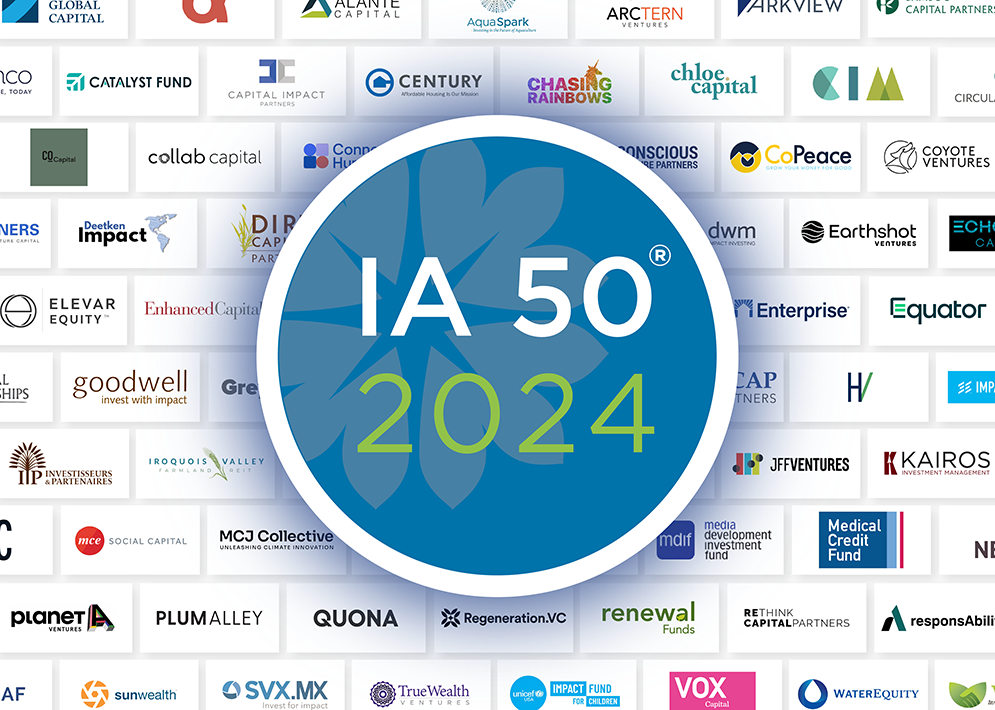Chris Wells’ electricity bill averaged about $300 per month for his 1,500-square-foot home. The family’s electricity consumption was largely driven by air conditioning, and Wells knew that their sweltering summers in Kenner, LA, weren’t getting any milder — and the associated energy cost would likely only go up.
Wells and his family are hardly alone. In 2022, the average U.S. household saw its monthly electricity bill climb to $137, from $121 the year prior. According to the U.S. Energy Information Administration (EIA), the jump represents the largest year-over-year increase in residential electricity bills since trend tracking began in 1984. The EIA cites extreme temperatures as one of the main factors driving the ballooning prices.
As electricity bills grow heftier, lower-income households bear an increasingly disproportionate share of the energy burden — and it’s one they have long shouldered. The Department of Energy defines the energy burden as “the percentage of gross household income spent on energy costs,” and notes that, in the U.S., the energy burden of low-income households (at 8.6%) is three times greater than that of all other households (at 3%).
Research also shows that, independent of economic status, race plays a role in determining where and how the energy burden is distributed. Residents of low- and middle-income neighborhoods that are predominantly white are not, in fact, as energy burdened as neighborhoods predominantly composed of people of color of a similar economic status. This pattern can probably be explained, at least in part, by histories of redlining that shunted communities of color into areas with older, less energy-efficient homes.
All of this means that, as is true of many maleffects of climate change, low- and middle-income people and underserved communities are currently positioned to bear the brunt of the financial burden.
However, the problem runs deeper than financial cost. The fight against climate change cannot afford to lose ground due to the unequal energy burden: transitioning as many households as possible to renewable energy sources is critical to achieve our collective climate goals.
One Key Solution: Increasing Accessibility to Residential Solar
The energy sector currently generates over one-third of global greenhouse gas emissions, and residential solar installations are considered to be a key lever in slashing those emissions. Optimistic scenarios predict that up to 60 percent of global electricity could be generated by distributed solar energy systems by 2050, reducing CO2 by more than 26 gigatons by midcentury.
While residential solar energy systems are a win-win for many — enabling financial savings over time and increasing energy resilience — solar has not been accessible to all in the U.S. “Solar sales have been focused on high-income homeowners with high FICO scores,” says Tom Neyhart, Executive Chair of the Board of PosiGen, a company founded to overcome some of the persistent barriers preventing low- and middle-income households from adopting solar energy. “That blocks out the majority of working-class and underserved communities from being able to make the same choices to save on their home energy costs and help the environment.”
That’s because solar installations incur a significant upfront cost, for which less-affluent homeowners are likely to be denied market-rate loans. What’s more, almost 60% of low-income households rent their homes, according to the Department of Energy, which places the responsibility of covering the up-front costs of solar installations on landlords — who lack much incentive to take that responsibility and investment on. And for homeowners living in multifamily units, like apartment buildings and co-ops, navigating decisions about the upfront investment and maintenance of the solar installations can prove prohibitively complex.
PosiGen is addressing the affordable energy needs of traditionally underserved communities by re-designing the typical residential solar power offering. The company uses a solar panel lease model — which means that PosiGen owns, operates, insures, and maintains the solar energy systems it installs on customers’ homes. This allows PosiGen to charge monthly payments without a major upfront installation charge — while guaranteeing energy-bill savings during the first year of operation. These benefits therefore make the transition to solar a much more palatable option for homeowners and landlords alike.
So far, PosiGen has installed over 25,000 solar energy systems across eleven states. The Wells family in Kenner, LA, was among the households who signed on to go solar with PosiGen. Their first month’s bill with the new clean-energy system came to just $72. Over the course of that first year, the Wells family saved about $2,500 on their electricity payments.
A Diversified Approach: Easing The Energy Burden Through Investment
Increasing access to renewable energy solutions, such as solar panel installations among all socioeconomic groups is one powerful step toward easing the energy burden, but it will need to happen in tandem with other approaches.
For example, real estate developers and management companies also have an important role to play. Affordable housing that incorporates renewable energy and energy efficient appliances throughout the community not only helps with operational cost savings, but improves the lives of tenants as well. This is the approach of Kairos Investment Management, a firm that develops affordable housing with cost and emissions savings built in.
Investors have a critical role to play in supporting and scaling up these pioneering visions for alleviating the unjust energy burden — and ensuring that all communities benefit from the energy transition. For his part, PosiGen’s Neyhart says that “without our investors believing in us, we never could have grown PosiGen to the size it is now” — and adds that more investment is needed to meet the scale of the challenge ahead. Like other problems linked to climate change, the energy burden is a multi-faceted structural issue — and a diverse network of capital, technologies, and strategies will be required to ease its weight.
Disclaimer: ImpactAssets is an investor in Posigen and Kairos Investment Management through its donor advised fund investment platform.
This article originally appeared in Impact Entrepreneur Magazine.







